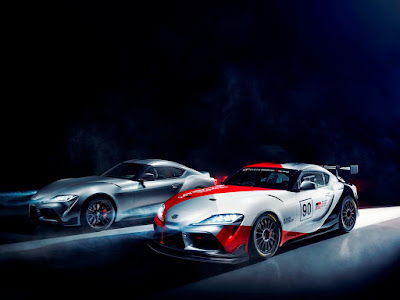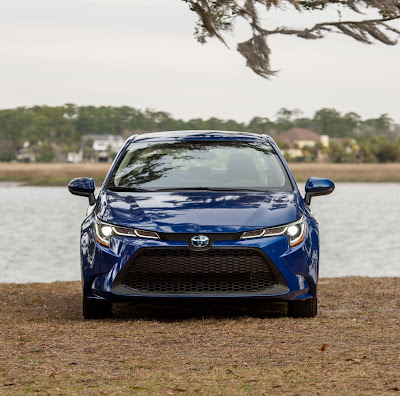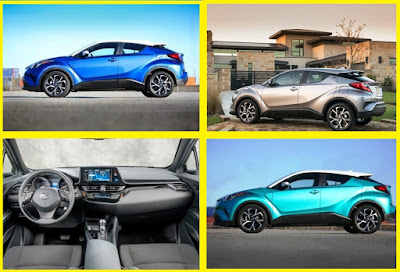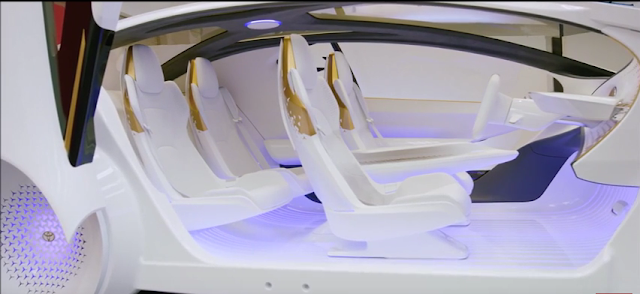
Toyota GR Supra GT4 Concept - 2019 at the Geneva Motor Show
The world premiere of the new GR Supra GT4 Concept at the 2019 Geneva Motor Show designed and manufactured to comply with the international GT4 competition regulations
Toyota made the world's first presentation of the new GR Supra GT4 Concept at the 2019 Geneva Motor Show on March 5th. A design and engineering study examining how the fifth generation of the newly launched legendary Supra sports car can be developed as a competitive machine for international GT4 races, accessible and affordable for private racers and small teams, parallel to Toyota's worldwide grass support. roots motor sports.
The roadside Toyota GR Supra, with its perfectly balanced chassis, two-seat cabin, a very tough and lightweight body, rear-wheel drive and very low center of gravity, offers an attractive offer for GT4 races. The short wheelbase and wide rail combination give the 1.55 "gold ratio" ideal for perfect balance and agility. They are valuable assets in a series to provide the balance of performance calculations of the regulations (by adjusting the motor power). Even in the field even in competition.
The concept model, developed by TOYOTA GAZOO Racing, is instantly recognizable as the Supra and maintains the low, muscular shape of the road car, but increases in length and lowered height. A front diffuser and rear wing, specially designed for the GR Supra GT4 Concept, have been added to improve airflow around the chassis, reduce friction and optimize the fall force. Both products are manufactured using composites made from natural fibers such as hemp and flax, replacing the traditional carbon fiber to reduce the impact on the environment. The original alloy wheels were replaced with five-hole OZ 11 x 18in racing wheels.


























